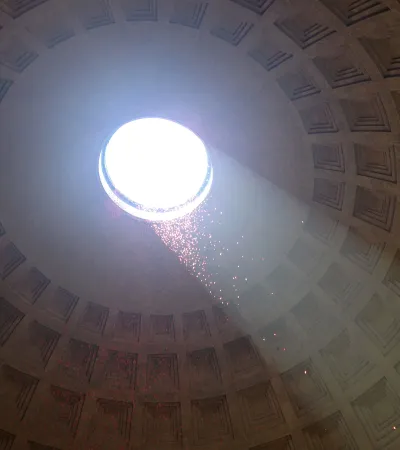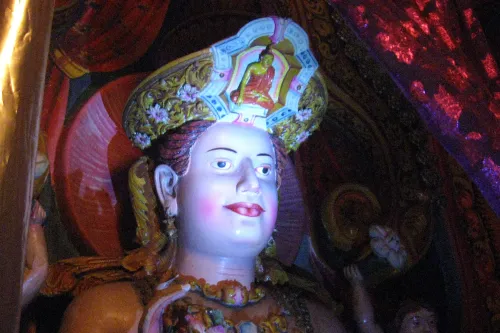
Art History Minor
Why are images so powerful?
Why is art so difficult to define?
Why does art matter in the global world?
Explore the ways in which art, architecture, and material culture have structured—and continue to structure—the world.

Design the Art History Minor You Want
- No predefined curriculum
- Concentrate on a particular chronological period or geographic area, or explore a variety
- Choose from a wide array of Art History courses, none of which have prerequisites

Example Art History Courses
- Twentieth-century European Art to 1940
- The Parthenon Through the Ages
- Contemporary Latin American Art
- Art at Court: The Gothic Period
- Art in the Himalayas
- Art Cinemas of the Americas
- Michelangelo and His World
- Aztec Art and Civilization
- Africana Women’s Art
- Art, Art History, and Medicine
- Art in the Lives of Ordinary Romans
Art History course offerings change each semester. See the course schedule for current and future offerings.
Why Minor in Art History?
Art History improves visual literacy by:
- Learning to recognize visual strategies
- Sharpening analytical and observational skills
- Developing cultural and social understanding
Studying Art History provides further focus for many majors such as African and African Diaspora Studies, Anthropology, Architecture, Classics, History, International Relations and Global Studies, Latin American Studies, Middle Eastern Studies, and Religious Studies.
Art History Beyond the Arts
New connections are emerging between Art History and many areas such as the medical field, visual technologies, and issues of policy, including strategic development of cultural heritage and urban planning.
Minoring in Art History is also valuable preparation for graduate work in many fields beyond those focused on the visual arts, some expected (e.g. gender studies, literature or media studies), some less so (e.g. business, information studies, law and science).
About the Art History Program
The Art History program is among the nation’s largest and most distinguished, with over twenty full-time faculty members who are leading scholars in their fields and represent a diversity of geographical and chronological expertise.

Required Coursework for the Art History Minor
- Fifteen (15) credit hours of Art History (ARH) coursework
- 3 hours may be lower-division, but at least 12 hours must be upper-division.
- Major-restricted courses may not count towards the Art History minor coursework.
- All classes must be taken on the letter-grade basis. You must earn a combined grade point average of at least 2.50 in minor coursework.
Applying to the Art History Minor
- You must be on the 2016–2018 or a subsequent academic catalog in order to apply to and pursue the Art History minor.
- For complete information about minor requirements and eligibility at The University of Texas, please refer to the Undergraduate Catalog.
- Apply for the minor via the university-wide application system here.
- Consult your home department advisor with any questions regarding the application process.
- If approved, you will receive a Secure Academic Note (SAN) and you must then inform your home department advisor that you have been approved for the minor.
Questions?
Contact the Undergraduate Advisor for the Department of Art and Art History.

